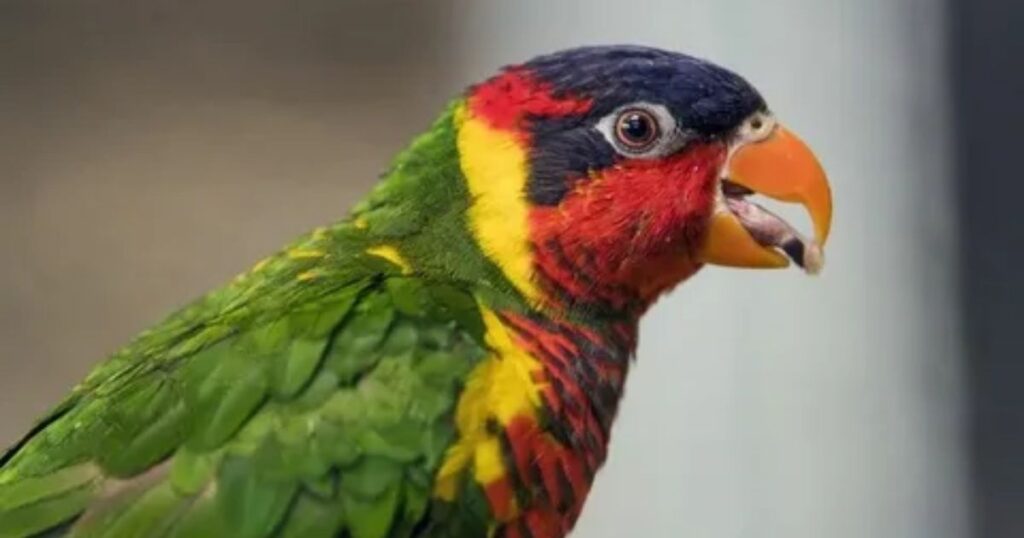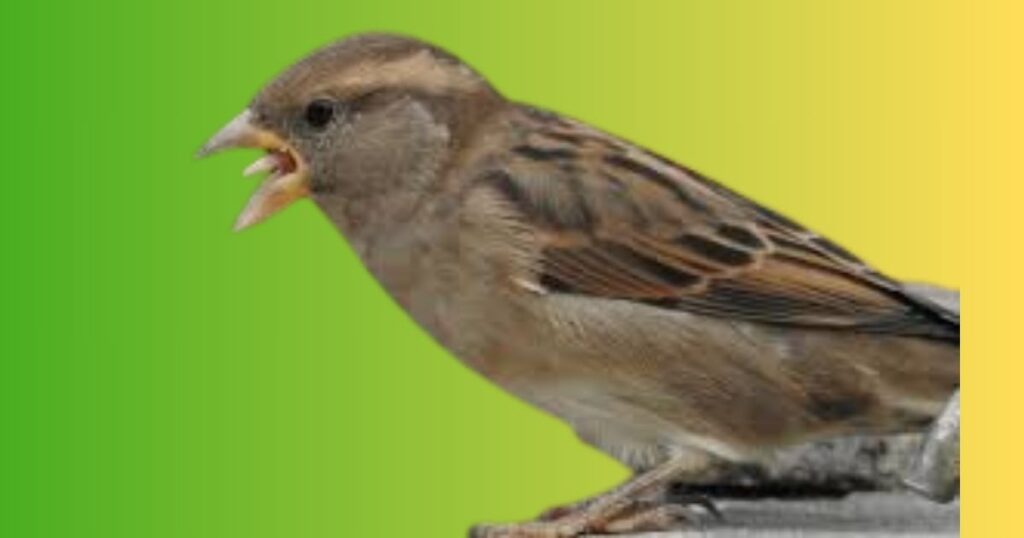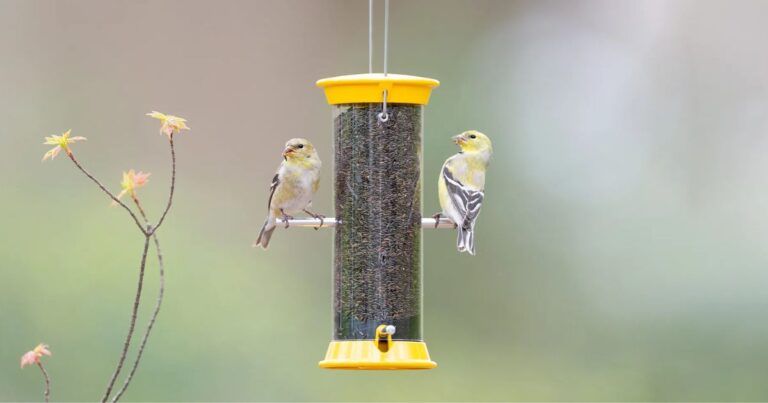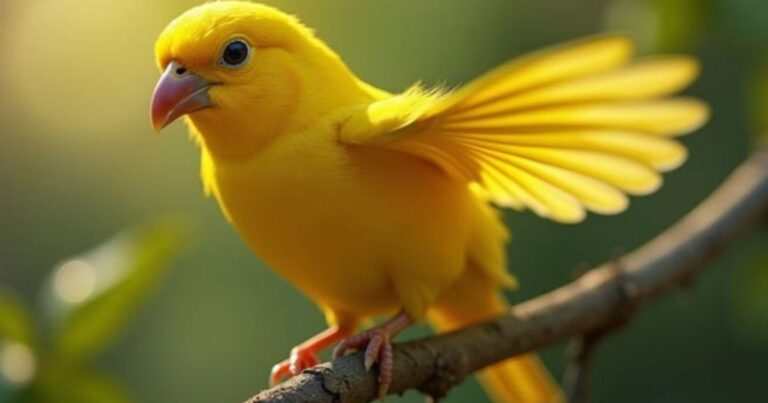Do Birds Have Tongues? Best And Helpfull Guiding Tips
Imagine watching a vibrant parrot expertly cracking open a tough nut As you marvel at this avian acrobatics, you might find yourself pondering an intriguing question: Do Birds Have Tongues? While many of us associate tongues strictly with mammals useful for tasting, grooming, and vocalizing, birds have their own unique adaptations that challenge our understanding of what it means to have a tongue.
In the world of birds, tongues come in various shapes and sizes, each perfectly tailored to suit their feeding habits and lifestyles. From the long, sticky tongues of hummingbirds designed for sipping nectar from flowers to the short but surprisingly versatile tongues of sparrows that help them forage on the ground, avian anatomy is as diverse as it is fascinating.
Do All Birds Have Tongues?
Have you ever watched a hummingbird flit from flower to flower, its vibrant plumage catching the sunlight, and wondered about the mechanics behind its dazzling feeding technique? One might casually assume that all avian creatures possess tongues similar to our own, but the reality is far more complex and fascinating.
The question of Do birds have tongues? opens up a world of surprising anatomical diversity among our feathered friends. From the quirky adaptations of woodpeckers to the unique structures found in parrots, bird tongues vary dramatically across species and play critical roles in their survival.
Bird Tongue Anatomy
Imagine a world where the melodious songs of birds fill the air, their vibrant plumage flitting between branches. But have you ever paused to consider what lies beneath those cheerful chirps? While we often marvel at a bird’s ability to sing or soar, the intricate design of their anatomy, specifically their tongues, holds fascinating secrets waiting to be uncovered. The anatomy of bird tongues varies dramatically across species, serving unique purposes that go far beyond mere communication.

In this exploration into avian biology, we’ll delve into the remarkable diversity of bird tongue anatomy and its surprising functions. Not all birds possess tongues in the same way; some are equipped with specialized adaptations for feeding on nectar or catching insects, while others may not have traditional tongues at all.
Tongue Structure
The tongue’s structure across different bird species offers profound insights into their feeding habits, mating rituals, and even their interactions with ecosystems. Delving into this topic reveals not only how birds have evolved unique tongue designs to exploit various food sources but also how these adaptations reflect their ecological niches.
- Woodpeckers: Long, thin, barbed
- Hummingbirds: Long, tubular, bifurcated at the tip
Ducks and geese: Flat, lamellae-edged tongues for filtering food from water
Tongue Movement
Imagine a world where communication is not limited to sound but extends into the realm of movement, color, and texture. In nature, few creatures master this form of expression quite like birds, whose tongues are not only tools for feeding but also vital instruments for interaction.

From the dazzling hummingbird that sips nectar with an elongated, specialized tongue to the parrot’s agile appendage that mimics human speech through intricate movements, bird tongues tell a story rich in evolution and adaptation.
- Hummingbirds: Rapid flicking motion
- Parrots: Dexterous, used as a tool
Sensory Functions
Imagine a world where the taste of rain is as vivid as the colors of a sunset, where sounds can be tasted and textures can be heard. This extraordinary sensory interplay isn’t just confined to our human experience.
It echoes throughout the animal kingdom in fascinating ways. Take, for example, the remarkable bird tongue, a beautifully adapted organ that serves not only to consume food but also to interact with their environment in unexpected manners.
- Tactile sensors: Present at the tongue’s surface
- Taste buds: Fewer in number, located at the base of the tongue
How Birds Use Their Tongues
When you think of a bird’s anatomy, the delicate structure of its wings and vibrant feathers might come to mind first. One of the most fascinating yet often overlooked features is hidden right beneath their beaks: the bird tongue.

Unlike mammals, birds have evolved an astonishing variety of tongues that not only aid in feeding but also play crucial roles in communication and navigation.
From the long, sticky tongues of hummingbirds that extract nectar from flowers to the specialized tongues of woodpeckers designed for probing tree bark for insects, these avian appendages are as diverse as the species themselves.
Feeding Mechanisms
In this exploration of how birds use their tongues, we’ll delve into the surprising adaptations that have evolved across different habitats and diets. Whether it’s a woodpecker’s long, barbed tongue probing deep into tree bark for insects or a flamingo’s uniquely curved tongue filtering out tiny organisms from muddy waters, each feeding mechanism reveals a story of evolution and environmental interplay.
Vocalization and Sound Production
Imagine standing in a sunlit forest, surrounded by the sweet symphony of birdsong. Each chirp and trill carries a story, a call to mate, or perhaps an alarm to warn of danger. But have you ever wondered what role their tongues play in this vibrant vocalization and sound production?

While we often think of the beak as the primary instrument for creating these melodic sounds, it’s time to turn our attention inward to the remarkable tongues that not only aid in feeding but also enhance communication among avian species.
Grooming and Other Uses
Imagine a world where communication is not limited to vocalizations or body language, but extends into the intricate dance of tongues. In the avian kingdom, birds wield their tongues as versatile tools that go far beyond mere eating; they are instruments of grooming, feeding, and even social interaction.
As we delve into the fascinating realm of how birds use their tongues, we uncover a rich tapestry of behaviors that highlight their adaptability and evolution.
From the delicate flicks of a hummingbird’s long tongue sipping nectar to the meticulous preening rituals performed by parrots, these often-overlooked appendages play crucial roles in avian life.
Grooming is perhaps one of the most vital yet underappreciated functions of bird tongues; it is an art form essential for maintaining feathers and overall health.
Fun Facts About Bird Tongues
- Hummingbird tongues split at the tip into two tube-like structures to more efficiently lap up nectar.
- Birds of prey like eagles and hawks have very short, stiff tongues covered in tiny spines or hooks to help them tear flesh from prey.
- Pelicans have unusually long tongues that are not attached at the back, allowing them to fully extend their tongues out of their bills to scoop up fish and water.
- Nightjars have very wide, flat tongues that are well adapted for catching insects in flight at night.
- Parrot tongues are covered in tiny papillae or fleshy bumps that help them grasp food and maneuver it in their beaks.
- Hummingbirds have the longest tongues relative to their body size of any animal. Their tongues can extend up to 1.5 inches to reach nectar in flowers.
- Woodpeckers have very long, barbed tongues that they flick in and out at speeds over 10 times per second to catch insects.
- Flamingos use their tongues to filter feed in water. Their tongues are grooved to help them strain algae and small crustaceans from water.
- Parrots have no taste buds on their tongues. Their tongues are adapted for grabbing and manipulating food rather than tasting it.
And Also Read Are There Blue Cardinals? Best And Helpfull Information
Conclusion
Birds do indeed possess tongues, but their structure and function differ significantly from those of mammals. These unique adaptations enable birds to feed efficiently on a variety of foods, from seeds to nectar, showcasing the incredible diversity of avian life. The evolution of bird tongues reflects the intricate relationship between species and their environments, illustrating how nature tailors anatomy for survival.







